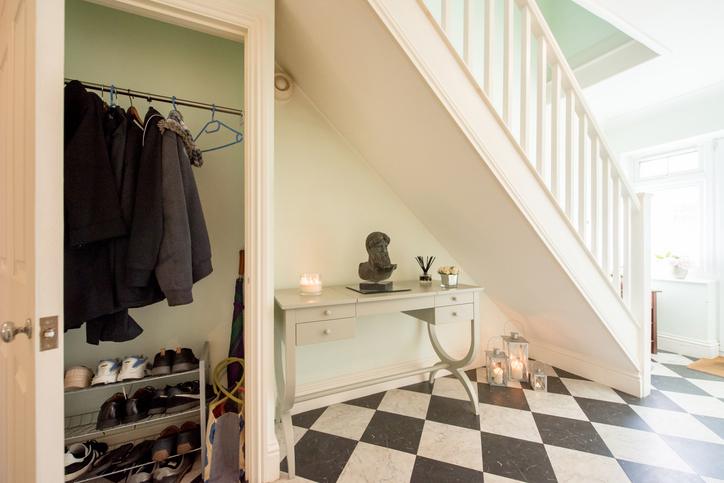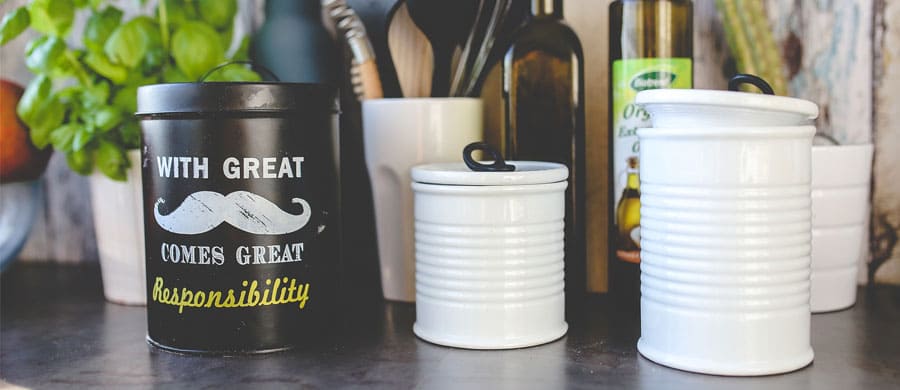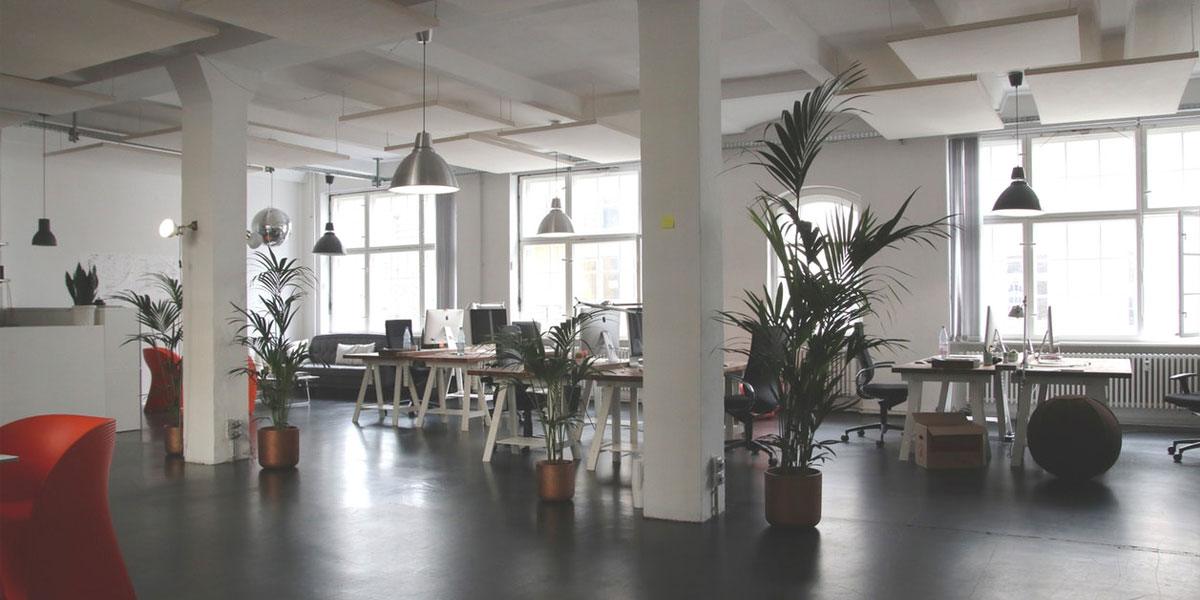10 Tips for Minimalist Living
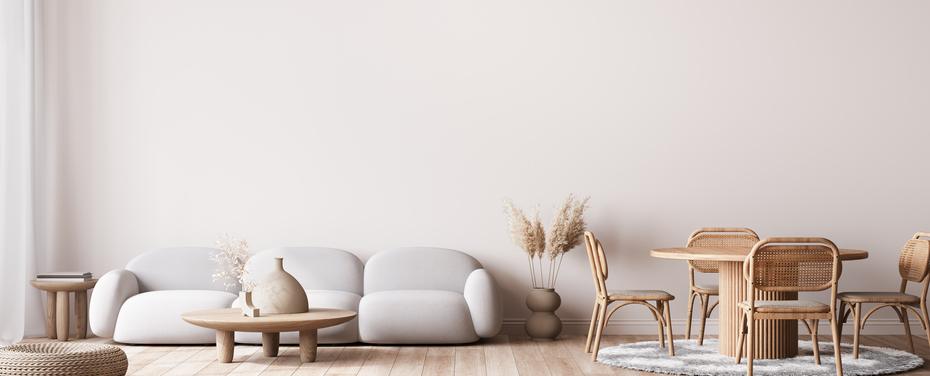
What is minimalist living?
Does the minimalist lifestyle appeal to you? More and more, people are looking at the amount of stuff they have and beginning to feel that it’s dragging them down. If that sounds like you, you may be wondering, “what do I need in a minimalist home?” Going minimalist can be a challenge because it requires careful thought and planning. Here are our 10 tops for minimalist living that will help you pare down your things and update your décor in a gorgeous, minimalist style.
What are the benefits of minimalist living?
If you are thinking to yourself, “I need to learn how to organise my home”, then minimalism can help. Minimalism means buying less and taking care of less, which means that organising is simpler. You will save money, which you can then use for more interesting things than possessions, and you will have more time when you spend less of it shopping, cleaning, and organising a house full of stuff. You will feel less stressed when you have fewer things cluttering your home, and as an additional benefit, buying and using less is better for the environment. When you mindfully choose the things you bring into your home, you will find that you have a deeper appreciation for the things you have.
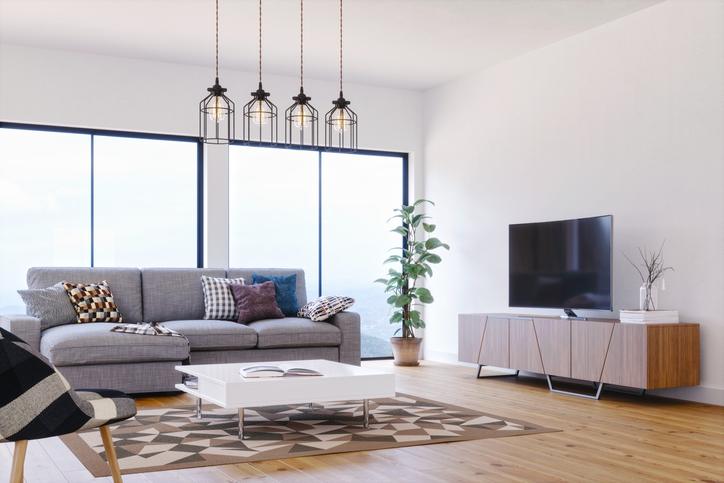
Declutter and only keep your essentials.
There are a few ways to determine what the term “essentials” means to you. The KonMari method, created by Marie Kondo, focuses on living a more intentional and joyful life. You start with determining why you want to have a minimalist home and thinking about how your home can help you live a more intentional life. Does minimalism appeal to you because it will help you save money, because you want to spend more time with the people you love and less time cleaning house, or because you are ready to retire and relax? Whatever your reason, the KonMari method encourages you to start with clothing, books, papers, and miscellaneous items, finishing with sentimental things, and ask yourself, as you touch each item, whether it sparks joy for you. If it doesn’t, let it go. Another way to look at this is to ask yourself four questions: Do I need it? Do I use it? Why do I have it? What would I use if I didn’t have it? No matter what method works for you, the point is to keep only things that are essential and meaningful. By keeping only the things that bring value to your life and help you create the home you want, you will ensure that your home contains only items that serve a purpose, whether that purpose is aesthetic, functional, or emotional.
1. Focus on one room at a time.
It can be hard to know where to start, when you are getting rid of belongings. Do not try to tackle the whole house at one time, but start with the easiest room and move on from there. Once you have handled the simplest space in the house, you will feel inspired to move on to more complicated areas. Begin with the visible areas in the room, clearing shelves, furniture, and whatever is on the floor, then move on to organizing drawers, cabinets, and closets. Tackling the visible areas is encouraging because you will see the progress you are making.
2. Get rid of anything broken.
Broken items do not add value to your life. While you might think you are being thrifty to hold onto something until you can fix it, the likelihood of repairing them grows slimmer the longer you hang onto broken things. If something is truly worth saving, take it to someone who can fix it, whether to have it repaired for yourself or to allow the fixer to enjoy it once it is repaired.
3. Sell or donate your old clothing.
If you have not worn something in over a year, it is unlikely that you are going to wear it again. Look at your clothing with a critical eye, and ask yourself if it fits, if it is in style, and if it creates the image you want to project. While it may be tempting to hold onto an article of clothing for sentimental reasons or because you spent too much money on it, it is best to let these things go. If something is truly precious to you, find a space to store it that is not your closet. Before you start decluttering your clothes, know where you are going to donate them, and have a bin at the ready so that you can easily take them out of the house once you are finished.
4. Organise your shoes.
How many pairs of shoes do you need? The answer varies between people, but you certainly do not need shoes that are worn out or don’t fit. Try on each pair, considering whether it goes with the clothing you have decided to keep, and evaluating how the shoes feel on your feet. Don’t keep ugly shoes, shoes that are beyond repair, or shoes that pinch your feet. If you have shoes that you want to keep but that need to be repaired, take them to the shop without delay. If your shoes are part of a lifestyle that you are no longer living, pass them along to someone else, who will be able to use them.
5. Shop quality, not quantity.
Resist the urge to buy something just because it is on sale. Choose items that you really like, that will make your home more enjoyable, rather than caving and buying something because of advertising or materialism. Be intentional with what you buy and remember that even though higher quality pieces may come with a higher price tag, they will last longer. This saves money in the long run and cuts down on waste.
6. Everything needs a home.
You have probably heard the old saying, “a place for everything, and everything in its place.” Minimalism embraces this concept, because when everything has a home, your space can remain uncluttered. Before you bring anything new into your home, make sure you already have a place in mind for it.
7. Repurpose what you already have.
Before you go shopping, look for ways to use the things you have in a different way. Shoeboxes can be used for organisation, old towels for rags, and so on. Along the same lines, invest in things you can use over and over, rather than single-use items. Whether it’s taking your coffee mug to the coffee shop with you or using cloth napkins, choosing reusable items is a good use of your resources. When you reuse, repurpose, or upcycle, you are keeping things out of the landfill while also minimising your shopping.
8. Buy timeless pieces.
Whether it is clothing, furniture, or décor, opt for classic items over the latest trend. Well-made pieces with timeless appeal will stand the test of time and serve you well in your minimalist home. When it is time to decorate your home, limit your decorations to things that hold special value or meaning to you, rather then collecting things just for the sake of display. Curate your home in a way that tells your story.
9. Utilise concealed storage.
To keep the look of your home streamlined and minimal, tuck away utilitarian items into cabinets or pretty baskets. Even when you have pared down to only what you need, not everything is meant to be seen.
10. Less is more.
This is the key to keeping an uncluttered, minimalist space. Once you declutter, resist the urge to fill in all your empty spaces. Keeping your home décor streamlined can create a more relaxing, peaceful, clutter-free environment.
Enjoy your space.
Once you have embraced the minimalist lifestyle, you will find that you have a home you can enjoy more freely, without the weight of possessions dragging you down. Minimalism looks different for different people, so do not feel like you have to go with someone else’s aesthetic. The point is to pare down what you are keeping in your home, so that you can express yourself in your décor and enjoy the things that really matter to you.
If you need more storage than your home will allow, consider a personal storage unit from Storage Vault. Our 15 locations, stretching across central and western Scotland, all feature world-class security measures, flexible terms, and a wide range of units. We do not tie our customers into lengthy agreements but offer flexible leases and first-class customer service. No matter whether you need a little space or a large unit for a big move, we have the perfect storage unit for you, with no waiting time to use your space once you make a reservation. Additionally, we offer quality packing equipment onsite, stocking boxes, bubble wrap, padlocks, and everything else you will need to make your storage experience stress-free. Reserve your unit online, contact us through our website or call 0800 802 1822 for general enquiries.
Get in touch


